Gardening is a delicate dance of timing and rotation, especially when it comes to deciding what to plant after cucumbers and other vegetables. This decision is not just about filling empty space; it’s about understanding the intricate relationships between plants and the soil they grow in.
After cucumbers, it’s beneficial to plant crops that are compatible with cucumbers and contribute positively to soil health. For instance, beans and corn are excellent choices as they not only enrich the soil with necessary nutrients but also work well with the space cucumbers leave behind. This thoughtful approach to planting can significantly enhance your garden’s yield and overall health.
Every plant has its own unique set of nutrients it takes from the soil and others it contributes back. By rotating crops and choosing the right companions, we can keep our soil healthy and our plants happier.
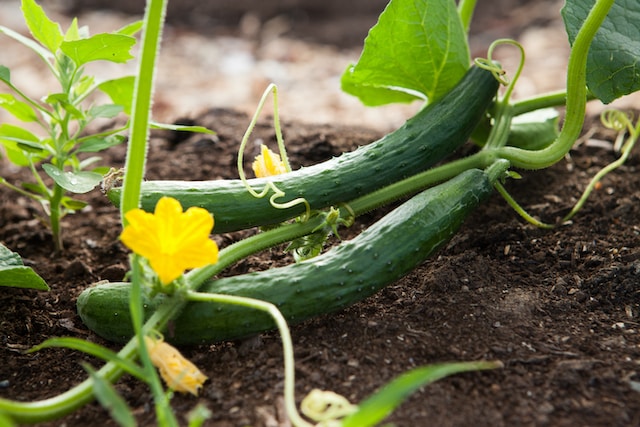
Growing Cucumbers – An Overview
Growing Cucumbers – Best Practices
Start by choosing a sunny spot in your garden, as cucumbers love the sun. Ensure the soil is rich and well-drained, and consider adding compost for an extra nutrient boost. Plant your cucumber seeds about 1 inch deep and give them plenty of space to grow. Remember, cucumbers are climbers, so provide a trellis or stake for support. Regular watering is crucial, but avoid wetting the leaves to prevent fungal diseases.
🥒 Cucumber Clues: Mulch cucumbers to retain soil moisture and control weeds 🥒
What to Plant Under a Cucumber Trellis
Consider low-growing, shade-tolerant plants. Lettuce, spinach, and radishes are great options as they can thrive in the partial shade provided by the cucumber vines. These plants also have a short growing season, allowing you to harvest them before the cucumbers fully take over. This way, you’re making the most of your garden space and enjoying a variety of fresh produce.
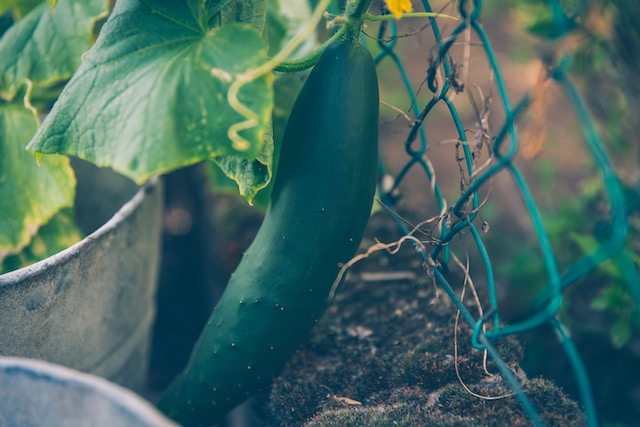
What to Plant With Cucumbers to Keep Bugs Away
Companion planting can be a natural and effective way to keep bugs away from your cucumbers. Marigolds, for instance, are known to deter beetles and other insects. Nasturtiums can ward off aphids and cucumber beetles, while radishes can deter cucumber beetles and rust flies. Planting these companions near your cucumbers can help protect your crop from pests, reducing the need for chemical pesticides.
🥒 Cucumber Clues: Plant flowers nearby to attract pollinators. 🥒
The Impact of Cucumbers on Soil Health
Cucumbers, like other members of the cucurbit family, are heavy feeders. This means they extract a significant amount of nutrients from the soil, particularly nitrogen. After a season of growing cucumbers, it’s important to replenish these nutrients. This can be done by planting a green manure crop like broad beans or by adding compost or well-rotted manure. By understanding the impact of cucumbers on soil health, you can ensure your garden remains fertile and ready for the next planting season.
🥒 Cucumber Clues: Use organic compost for nutrient-rich soil 🥒
What to Plant After Cucumbers
Best Plants to Grow After Cucumbers
Beans and corn are excellent choices for planting after cucumbers. Beans, being legumes, are natural nitrogen fixers. They replenish the nitrogen that cucumbers have taken from the soil, maintaining the soil’s fertility. Corn, on the other hand, is a heavy feeder like cucumbers, but it primarily feeds on different nutrients, reducing the risk of nutrient depletion.
Other good options include leafy greens like spinach and lettuce, which are light feeders and can benefit from the rich soil left by cucumbers. Root vegetables like carrots and radishes can also do well, as they utilize nutrients from deeper soil layers.
The key is to rotate crops that have different nutrient needs and pest/disease profiles to keep your soil healthy and your garden productive.
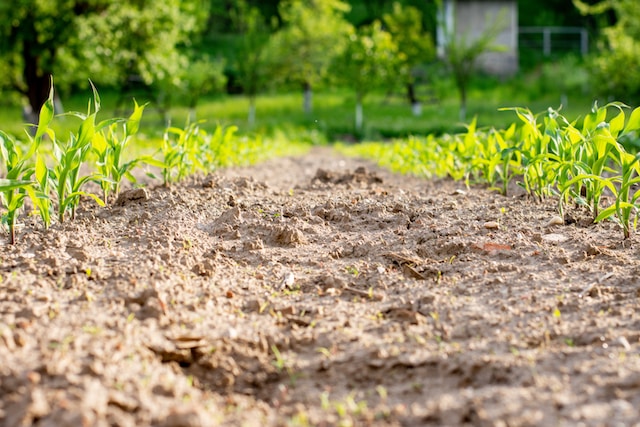
Corn has different nutrient needs, so it can be a good plant to grow after cucumbers
Can I Plant Cucumbers in the Same Place as Last Year?
While it’s possible to plant cucumbers in the same spot each year, it’s not the best practice. Planting the same crop in the same place year after year can lead to nutrient depletion and build-up of pests and diseases. It’s better to rotate your crops, giving your soil a chance to recover and breaking the life cycle of pests and diseases.
🥒 Cucumber Clues: Save seeds from heirloom cucumbers for next year’s planting 🥒
Plants to Avoid Planting After Cucumbers
Just as there are plants that do well after cucumbers, there are also those you should avoid. These include plants from the same family as cucumbers, like melons, squash, and zucchini. These plants have similar nutrient needs and are susceptible to the same pests and diseases. Planting them after cucumbers can lead to poor growth and increased pest and disease problems. So, while it might be tempting to replace your cucumbers with another member of the cucurbit family, it’s best to resist the urge and opt for a different crop if possible.
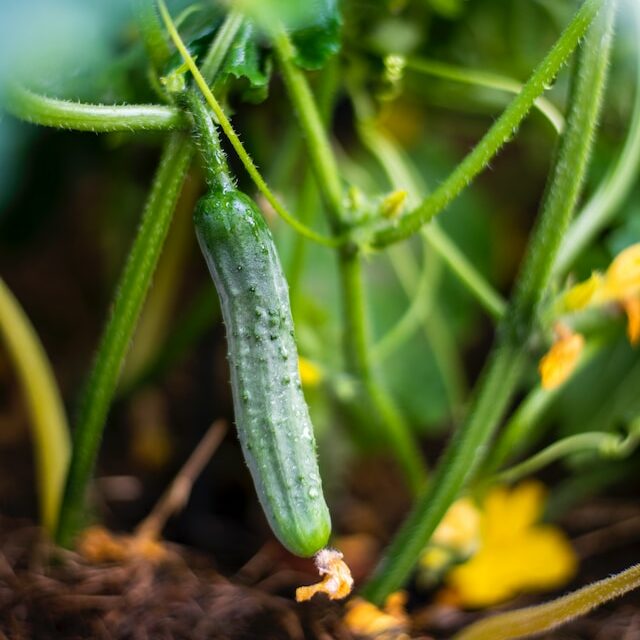
Companion Planting with Cucumbers
The Concept of Companion Planting
Just like humans, plants have friends they thrive with. Some plants can deter pests that plague their neighbors, others can enrich the soil with nutrients their companions need, and some can even enhance the flavor of their plant friends. It’s a beautiful symbiosis that not only makes your garden healthier but also more productive and balanced.
Best Companion Plants for Cucumbers
When it comes to cucumbers, they have quite a few plant friends. Beans, for instance, are great companions as they fix nitrogen in the soil, which cucumbers love. Corn can provide a natural trellis for cucumbers to climb on, saving you space and resources. Marigolds and nasturtiums can deter pests that love to feast on cucumbers. And if you’re growing cucumbers for pickling, try planting dill nearby—it’s a classic pickling spice and a good companion for cucumbers.
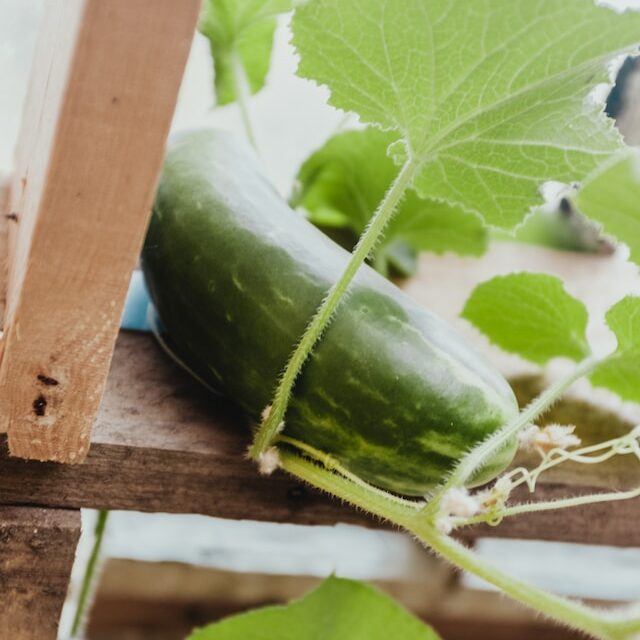
Commonly Asked Cucumber Questions
Question: How often should I water my cucumber plants?
Cucumbers need consistent watering. Aim for at least one inch of water per week, but during hot, dry periods, they may need more.
Question: When is the best time to plant cucumbers?
Cucumbers are warm-weather plants. Plant them after the danger of frost has passed and the soil temperature is consistently above 60°F (15.6°C).
Question: How much space do cucumber plants need?
Cucumber plants need plenty of space to grow. If you’re planting them in rows, space the rows about 4 to 6 feet apart. If you’re using a trellis, plants can be closer together.
Question: How can I tell when my cucumbers are ready to harvest?
Cucumbers are best harvested when they are bright green and firm. The size will depend on the variety, but generally, pickling cucumbers are harvested when they are 3 to 4 inches long, and slicing cucumbers are harvested when they are 6 to 8 inches long.
Question: My cucumber leaves are turning yellow. What could be the cause?
Yellowing leaves can be a sign of several issues, including overwatering, under-watering, nutrient deficiencies, or disease. Check your watering practices and the health of your soil to determine the cause.
As we wrap up our exploration of cucumbers and their garden companions, I hope you’re feeling inspired and ready to bring these insights into your own garden. Remember, the beauty of gardening lies in its endless possibilities and the joy of discovery. So, don’t be afraid to experiment, learn, and grow alongside your plants. Here’s to cultivating a garden that’s not only bountiful but also a reflection of your unique journey as a gardener.

[…] and tomatoes have similar growing requirements, and they can help each other out. Tomato plants can provide a bit of shade for cucumbers, helping them stay cool in the heat of […]
[…] and refreshing cucumber-infused water you’ll be enjoying. But then, you start wondering what you should plant after your cucumbers, and whether it’s OK to plant cucumbers in the same place next […]